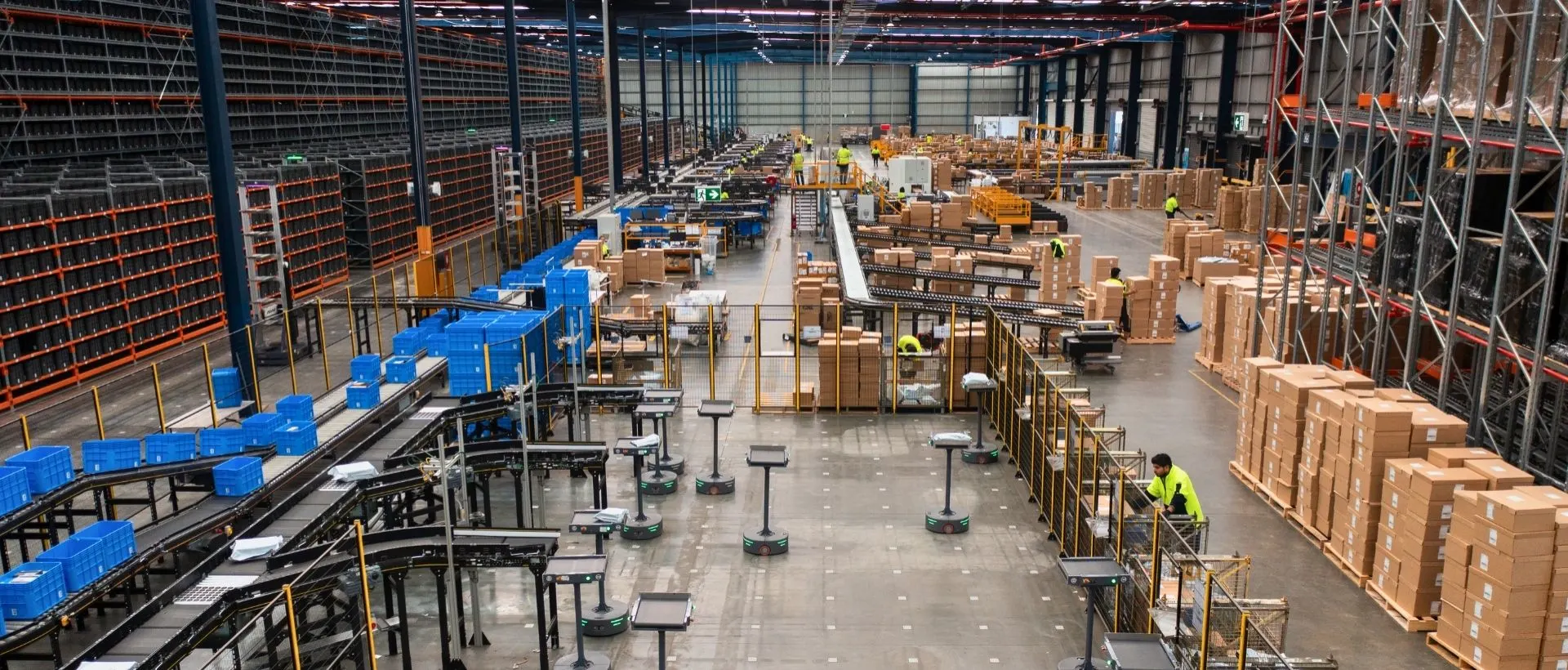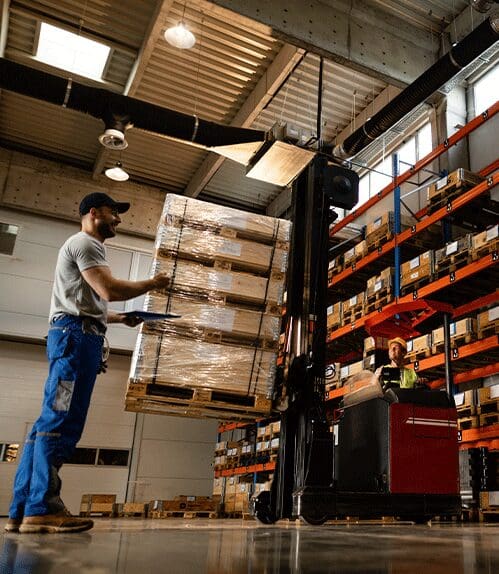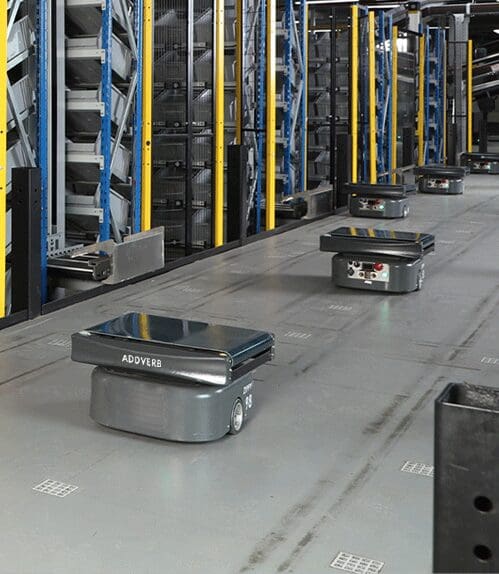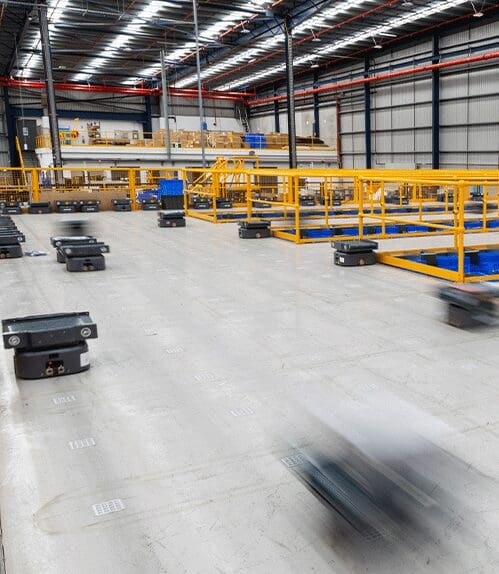Table of Contents
Warehouses today look quite different from how they did a decade ago. The long reliance on manual labor is giving way to something much smarter—warehouse robots aren’t just fast but flexible too. It’s not only about automation anymore; it’s about machines that can think on the go, adjust to real-time conditions, and work alongside people, not just in place of them.
Unlike older robots that were fixed to deliver one single task, today’s modern warehouse robots combine cutting-edge technologies like AI, computer vision, and LiDAR sensors to work more efficiently than ever before. Businesses are evolving their warehouses by using physical robots and advanced software to change how inventory flows from storage to shipping, reducing the need for repetitive labor and manual data entry.
Industry reports suggest that automating warehouse tasks has led to noticeable gains, increasing operational efficiency by up to 30% and dropping labor costs by nearly 20%. These aren’t just surface-level improvements; they’re changing how businesses handle their daily load.
Benefits of Warehouse Automation
Beyond just efficiency, automation brings a myriad of benefits that enhance performance and output.
Prompt Turnaround Times
Automated systems effortlessly manage tasks such as material movement, picking, sorting, and packing, and they do that much quicker than manual methods, helping businesses meet tight delivery schedules and rising customer expectations.
Enhanced Accuracy
Warehouse robots and smart software minimize mistakes in order processing, inventory counts, and labeling. Fewer errors lead to fewer returns and better service.
Reduced Operational Costs
Though the upfront investment in automation is high, it pays off quickly via reduced labor expenses, minimized waste, and strategic resource use.
Maximized Utilization of Vertical Space
The majority of the automated systems are designed to make full use of vertical and tight storage areas, allowing storage of more goods without expanding the warehouse footprint.
Reduced Workplace Injuries
Repetitive lifting and handling heavy loads often cause workplace injuries. Automation now handles these risky jobs, leading to fewer warehouse incidents and also boosting employee morale.
Flexibility
Automated technologies and smart machines can be reprogrammed or expanded as the needs of business shift and grow, making it easier to adapt to new challenges or seasonal demand spikes.
Key Types of Warehouse Robots
Mobile Robots
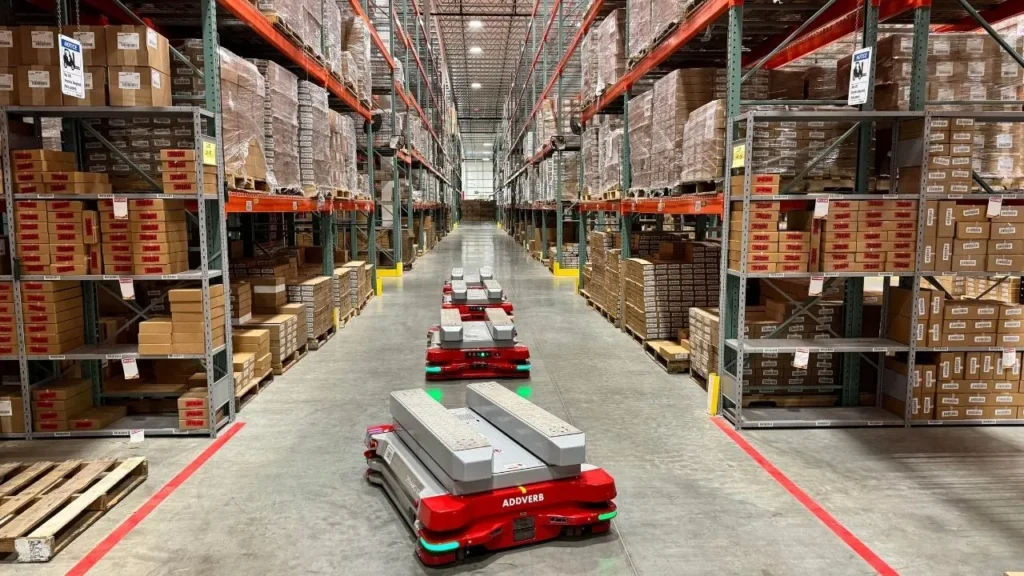
Some advanced robots don’t need a fixed path anymore. They’ve got sensors and cameras, so if something’s in the way, they go around it. You’ll see them effortlessly adapting in real-time and navigating through aisles without much help. That makes things easier when shelves change or the space gets tight.
Autonomous Mobile Robots, or AMRs, move materials from one place to another. Multi-carton picking robots can carry several items together, cutting down the number of trips needed and speeding up the process. That saves time. Less back and forth. Workers don’t have to run all over the place anymore.
Sorting Robots
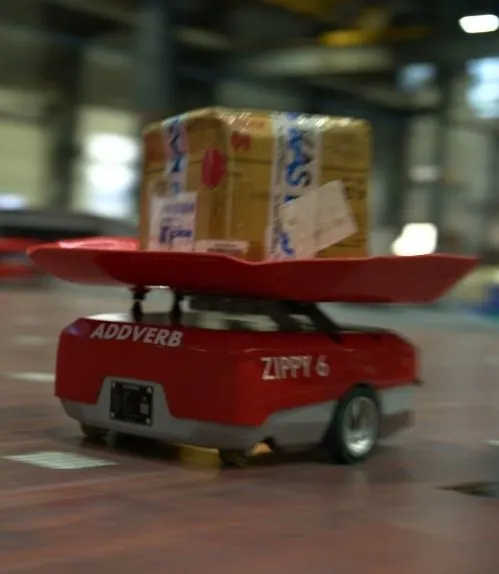
Sorting robots play a significant role in increasing the speed of warehouse operations by accurately classifying items and directing them to the right locations. Automated Guided Vehicles (AGVs) follow fixed paths across the warehouse using barcode or magnetic tape systems.
Advanced robotic sorters like Zippy take it a step further; they use grid-based ground markers and obstacle detection to sort SKUs at high speeds while offering the flexibility to scale up or reconfigure as needed. These innovations make sorting robots an ideal choice for high-speed environments like rapid commerce and reverse logistics.
Automated Storage and Retrieval Systems (ASRS)
ASRS uses cranes and shuttles to automatically store and retrieve items from high-density storage racks, aiding warehouses in saving space and speeding up their order processing. Vendors offer these systems in various forms to suit different warehouse needs.. Mother-child shuttle systems, multi-level shuttles, Carton shuttles, 4-way pallet shuttles, and crane ASRS are some of the major types of ASRS systems. Together, all of these technologies enhance overall warehouse efficiency.
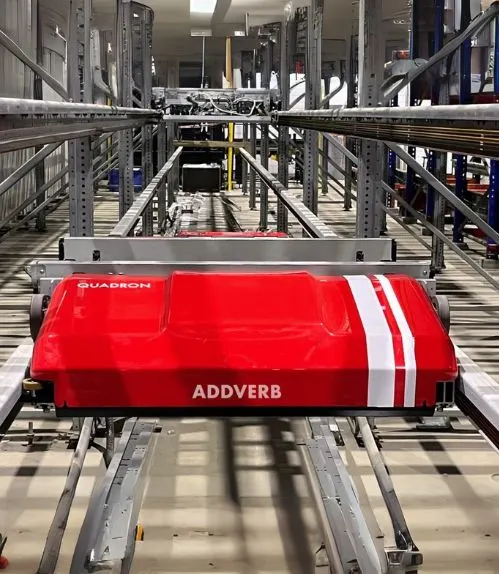
Collaborative Robots (Cobots)
Cobots come equipped with sensors and safety features that allow them to adapt and share workspace with people on the warehouse floor without posing risks. They take on multiple tasks, from quality checks to packing, all while maintaining high speed and consistency. Cobots help alleviate strain on workers by handling physically tiring work and contribute towards enhancing efficiency and productivity.
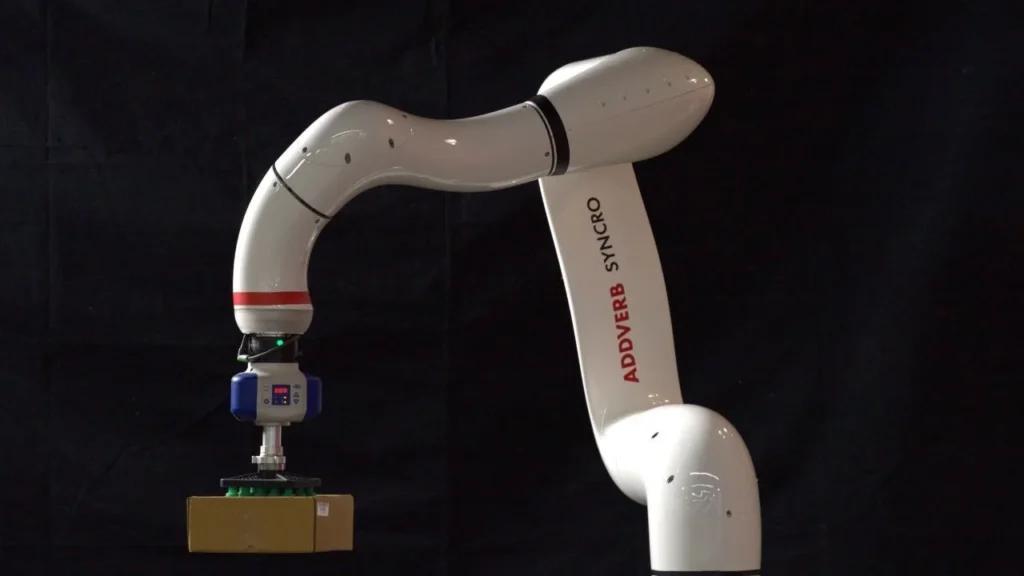
Person-to-Goods Systems
Person-to-Goods systems use smart tech tools to guide workers through every step of the picking process. While the Pick-to-Light system uses visual cues to help workers quickly locate and pick the right items, the Pick-by-Voice tool replaces paper instructions and handheld devices with voice commands received via hands-free.
Workers can easily navigate these systems owing to their user-friendly interface, and both these technologies boost productivity while keeping operations smooth and human-centric.
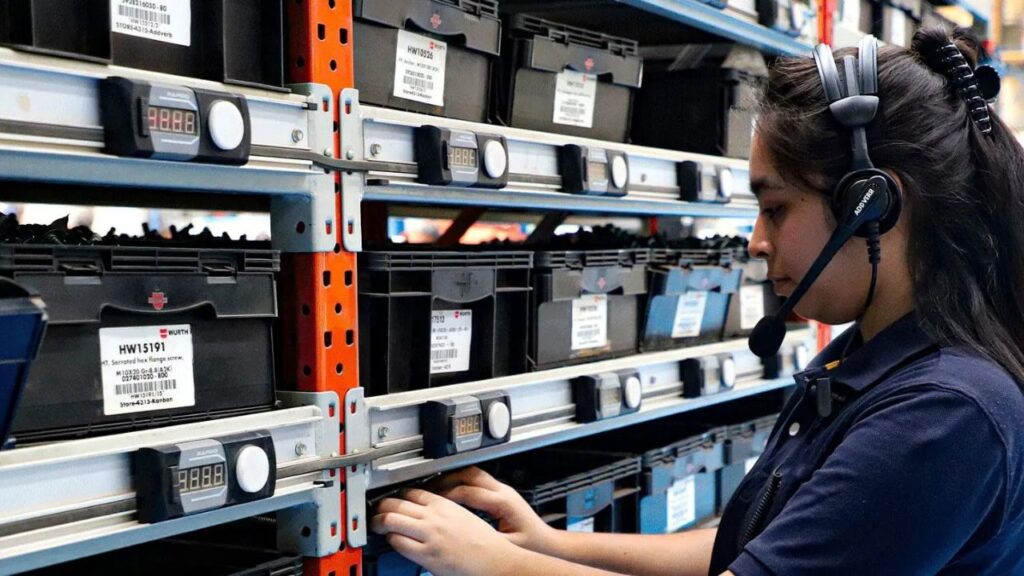
Factors to Consider When Choosing a Warehouse Robot
Warehouse Size & Operation Volume
The size and layout of your warehouse, along with daily throughput, play a crucial role in determining the number and type of robots required. Larger or more complex warehouses may require multiple warehouse robots working together to maximize efficiency.
Product Type & Load Capacity
Start by having a clear grasp of the nature, size, and weight of your products. Warehouse robots deployed must be capable of handling your inventory safely and effectively, whether that means gently moving fragile items or lifting heavy pallets.
Purpose
Clarity around automation goals makes a big difference. Whether the aim is to improve speed, cut down on mistakes, or manage labor shortages, having a specific outcome in mind helps shape the right solution. With a defined purpose, choosing the right kind of robotics becomes a more targeted and practical process.
SKU Diversity
Warehouses that deal with a large and varied set of SKUs benefit most from robots that can adjust to complexity. Flexible systems handle diverse inventory without slowing down, and adaptable automation makes it easier to stay efficient even as product ranges shift or expand.
Return on Investment (ROI)
Consider the initial costs alongside the long-term benefits. Improvements in speed, accuracy, and lower labor expenses can all help boost your ROI over time.
Vendor Reliability
Choose vendors that are backed by strong R&D, proven technology, and strong support services, including training and maintenance. Robots and advanced technologies from such vendors provide better chances to reduce downtime and maximize performance.
Success Story of Warehouse Robotics
Reliance Industries Limited (RIL), one of India’s most influential retail giants, partnered with Addverb, a leader in automation solutions, with one simple goal: to modernize the warehouse to improve speed, accuracy, and scalability. Though the goal was simple, the execution was anything but ordinary.
Addverb helped the business redefine its operations by integrating advanced warehoue robots at its Sultanpur Fashion and Lifestyle Distribution Centre. Reliance built a state-of-the-art, omni-channel automated facility spanning 200,000 square feet. With a handling capacity of 1.5 crore units, the centre is equipped to manage both B2B and B2C.
To upgrade the distribution centre, Addverb introduced a mix of automated solutions, like vertical lifts, shuttle systems, ASRS units, and Goods-to-Person setups. A central Warehouse Execution System (WES) synchronizes all these systems. It keeps the solution running smoothly by managing how items move through the workflow, from RFID scans to labeling stations, and even through weighing and measuring units.
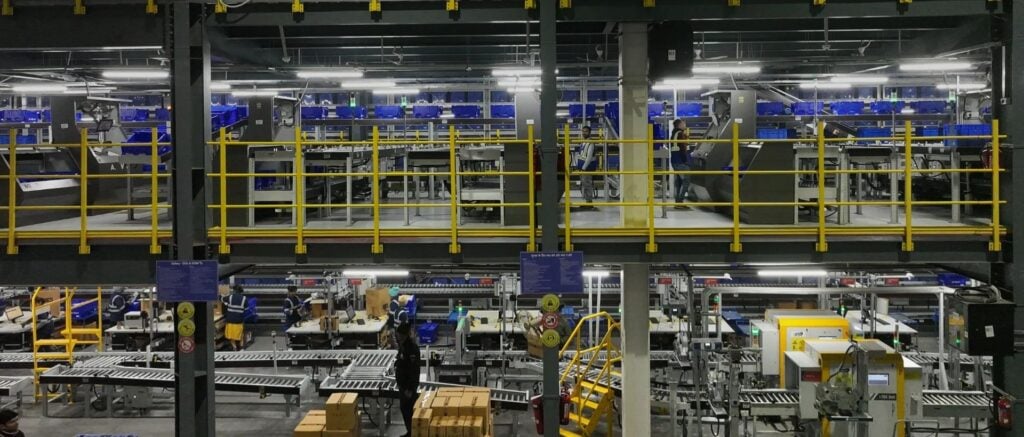
Rather than sticking with traditional manual picking and sorting, Reliance’s team now works alongside these systems. Smart conveyors and shuttles handle most of the movement, while staff focus more on oversight and quality.
The outcome? Faster processing, better accuracy, and a big boost in how much inventory the space can handle, all of which are huge wins in high-volume retail logistics.
Conclusion
Warehouse robots has moved beyond buzzwords and is now a prime factor of the shift in logistics. From collaborative cobots to high-speed shuttles and sorting robots, these machines are changing the process of how goods move through the supply chain. Plenty of companies, like Reliance, are already seeing the real-world impact of warehouse automation, faster processes, better accuracy, and the ability to scale without a hitch.
Robotics doesn’t just replace human labor; it complements it, making workflows smarter and more efficient. Addverb’s integrated systems reflect where the industry is heading in the future, toward seamless warehouses that are driven by technology.

